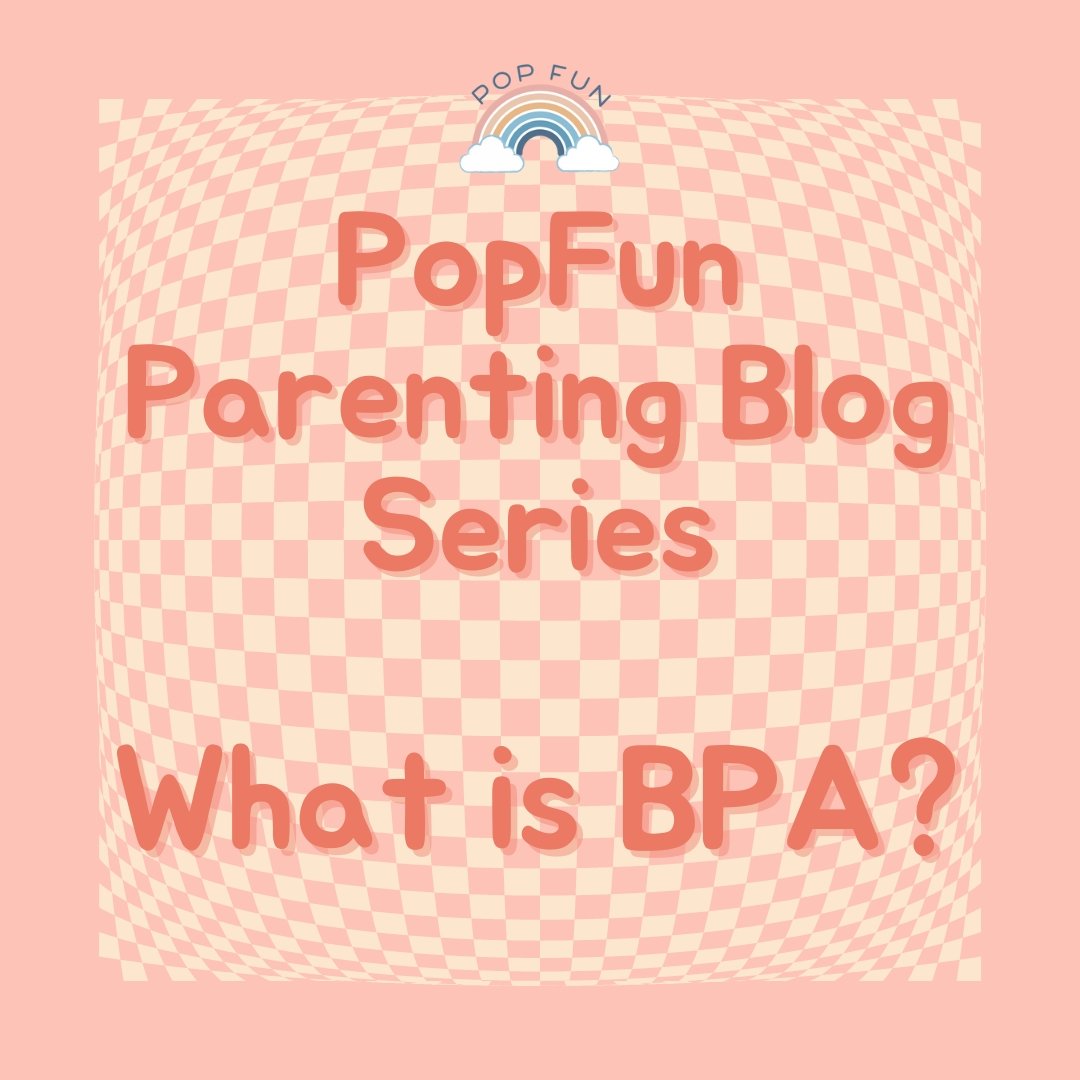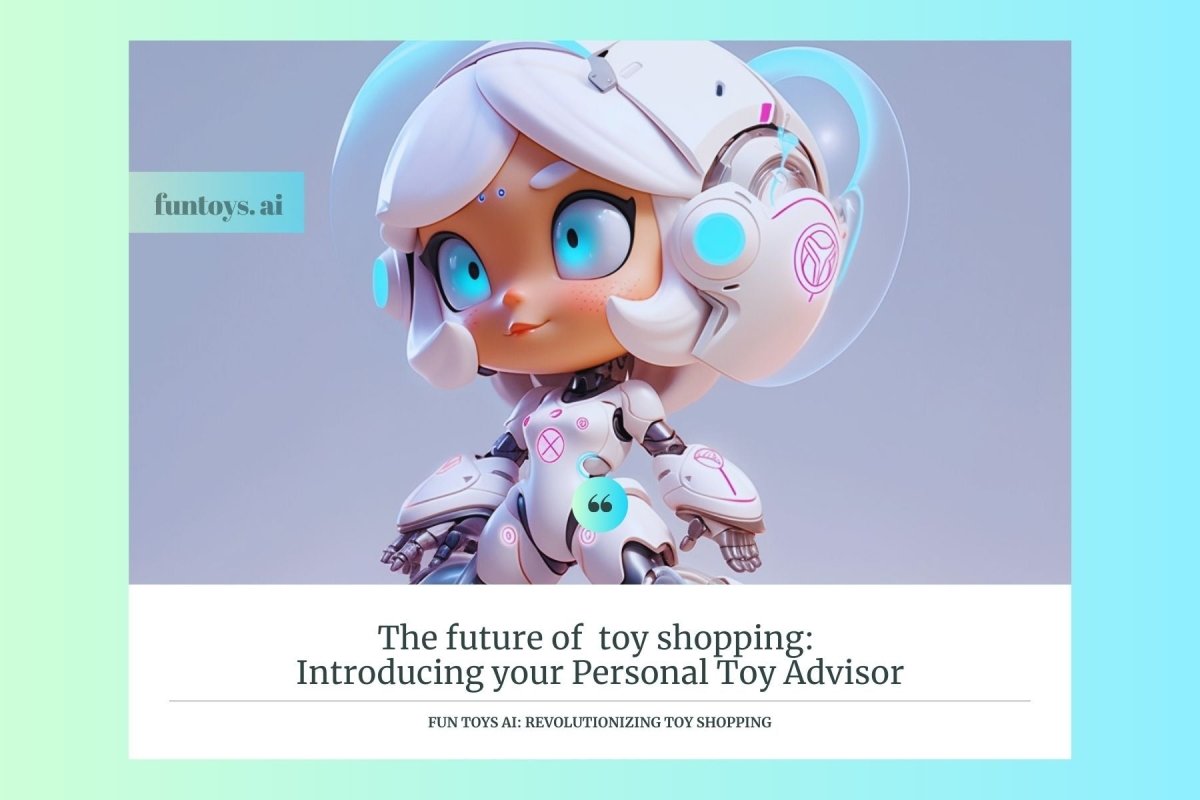Your Cart is Empty
Facts Parents Have to Know: what is BPA and how to avoid the wrong plastics
July 25, 2022 3 min read

You've probably noticed that the majority of plastics you buy nowadays are marked as "BPA-free." However, you could be unsure about the exact meaning and significance of it. This is especially important for parents since BPA is a very harmful substance for your child.
BPA, or bisphenol-A, is utilized in the production of plastics and is added to a variety of consumer goods, including food containers, infant bottles, plastic water bottles, and personal hygiene items.

Since the 1960s, it has been used to create durable polymers for use in household kitchens and food packaging.
Basically speaking, BPA is extremely common in our daily life. It's what's known as an endocrine-disrupting compound.
That's why all parents should be aware of this substance given BPA exposure is especially harmful to children's growth.
The reason is that BPA resembles the structure and action of the hormone estrogen.
Therefore, BPA has the potential to bind to estrogen receptors and impact physiological processes including fetal development, cell proliferation, energy levels, and reproduction.
BPA also affects other hormone receptors, such as the thyroid, which will affect thyroid functions.
Why is BPA harmful?
Since the 1960s, BPA has been used to create durable polymers for use in household kitchens and food packaging.
Basically speaking, BPA is extremely common in our daily life.
That's why all parents should be aware of this substance given BPA exposure is especially harmful to children's growth.
The reason is that BPA resembles the structure and action of the hormone estrogen.
Therefore, BPA has the potential to bind to estrogen receptors and impact physiological processes including fetal development, cell proliferation, energy levels, and reproduction.
BPA also affects other hormone receptors, such as thyroid, which will affect thryoid functions.
How does BPA get into your body?
The possibility of BPA leaking into your food or drink from containers is one of the key causes.
That is especially true for foods like canned tomatoes or bottled water that may be kept for extended periods of time.
That includes plastic that might be heated, as heat can induce more BPA to seep out. One common way of exposure is food and drinks designed to be microwaved in plastic.
In fact, BPA exposure is so pervasive that studies show that most people over the age of 6 have detectable BPA levels in their urine.

by PopFun
Take steps to minimize BPA exposure:
- Always use BPA-free plastics: More and more BPA-free goods are being produced by manufacturers. So, remember to look for items with the BPA-free label.
If you are looking for BPA-free toys, please check our site at PopFun.com. The fact that all our toys are BPA-free propels me to write this blog and share more knowledge regarding it. Most importantly, all our toys are BPA-free and have passed 17 different tests (chemistry, flammability, safety, etc.) to ensure your kids' safety.
Check BPA related regulations for toys here.

by PopFun
- Prevent heat. Avoid using the microwave or dishwasher with plastic containers since the heat may eventually cause them to break down and allow BPA to contaminate food.
- Pay attention to fresh, whole foods. Pick fresh, entire fruits and vegetables whenever possible.
- Use substitutes. For hot meals and drinks, use glass, porcelain, or stainless steel containers rather than plastic ones.
Leave a comment
Also in PopFun Blog Posts

Revolutionizing Toy Shopping: An Introduction to Our New ChatGPT Plugin
June 19, 2023 3 min read 3 Comments

Wallpaper Wonderland: Downloadable Aesthetics for Every Taste
May 23, 2023 7 min read
Discover Wallpaper Wonderland: an immersive collection of downloadable aesthetics for every taste. In this era of personal expression, our wallpapers go beyond mere backgrounds, serving as artistic statements. Immerse yourself in captivating landscapes, minimalist patterns, and carefully curated collections that cater to nature enthusiasts, modern art lovers, and fans of vintage charm. Each wallpaper evokes emotions, be it serenity, inspiration, or vibrant energy, bringing joy to your digital experience. Transform your screens into personalized works of art and embark on a visual journey through our Wonderland, where every taste finds its perfect aesthetic match. Welcome to Wallpaper Wonderland.

Off-Season Halloween Decoration: Spooky Savings at Great Prices
May 18, 2023 3 min read
Unleash the thrills of Halloween all year round with our off-season sale on spooky decorations! Discover incredible prices and unbeatable value on the Cocooned Skeleton, Witch Legs Lawn Lights, and more bone-chilling delights. Transform your home into a haunting haven without breaking the bank. Don't miss this opportunity to grab these spine-tingling deals and be prepared for the next Halloween season ahead. Shop now and save big on frightful fun!

